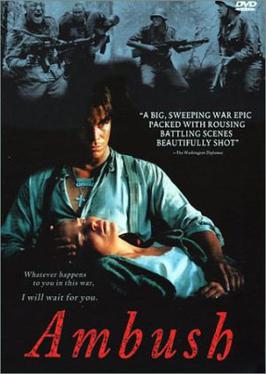Baroun Tardis
SOC-12
I've been reading "Out of the Mountains" by Kilcullen. It's a non-fiction about urbanized irregular warfare. There's a section talking about the Somali 'military', where they have squads that are mounted on a technical. Their whole tactical system is rule based:
"technicals advance line abreast at the very edge of visibility between them"
"On sighting the enemy, stop and dismount troops while firing with the mounted weapon"
"Troops advance slowly, if pinned down the then the technical's MG pounds them"
"Always move toward the sound of gunfire, if your neighboring technical is shooting, advance and flank/encircle". The point of the extended line is that your front is wide enough you wrap around the enemy when you find them. ...
These guys swarm like a wasps. No waiting for orders, very limited EM signature since very little radio use. ...
And the thought crossed my mind: Imperial Marines in battledress and GCarriers. They're going to move really fast, have sensors that make even a small unit have a really wide front for envelopment, and individually are going to be armed heavily enough to squish just about anything.
"technicals advance line abreast at the very edge of visibility between them"
"On sighting the enemy, stop and dismount troops while firing with the mounted weapon"
"Troops advance slowly, if pinned down the then the technical's MG pounds them"
"Always move toward the sound of gunfire, if your neighboring technical is shooting, advance and flank/encircle". The point of the extended line is that your front is wide enough you wrap around the enemy when you find them. ...
These guys swarm like a wasps. No waiting for orders, very limited EM signature since very little radio use. ...
And the thought crossed my mind: Imperial Marines in battledress and GCarriers. They're going to move really fast, have sensors that make even a small unit have a really wide front for envelopment, and individually are going to be armed heavily enough to squish just about anything.

